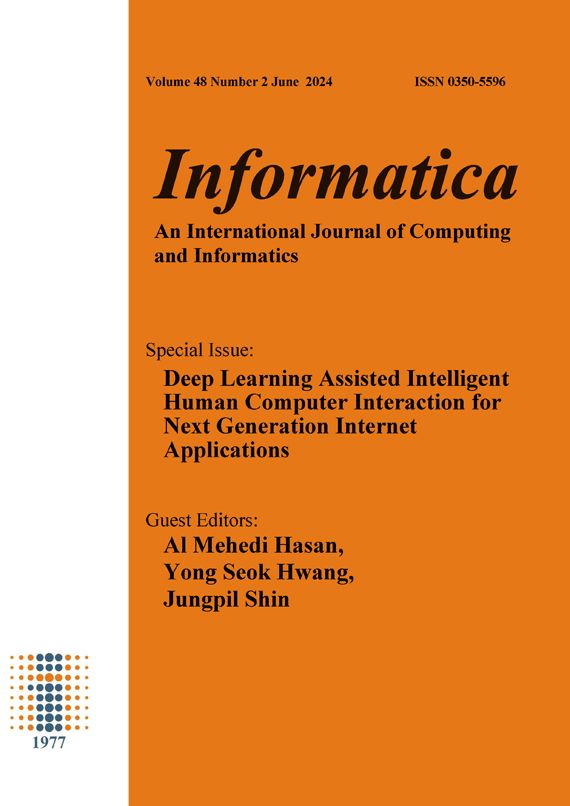ELM-Based Imbalanced Data Classification-A Review
DOI:
https://doi.org/10.31449/inf.v48i2.5082Abstract
Imbalance issues occur in Machine Learning (ML) when there is high distortion in the class distributions. A great challenging task in ML is the imbalance of data classification. It is because most classification methodologies tend to bias toward the majority class even though high importance is given to the minority class. To enable its stable operation, many techniques are utilized recently that are still in use for classifying imbalanced datasets efficiently. Owing to the assumption with balanced class distribution or equal misclassification, the prevailing learning algorithms are prone to favor the majority class when handling complicated classification issues with skewed class distribution. The most prominently adopted technique to deal with data having imbalance class distribution is Extreme Learning Machine (ELM). Unwanted class boundaries as of data with unbalanced classes may be learned by ELM similar to various other classification algorithms. Grounded on the kernel utilized, elevated weighted ELM, active learning-centered techniques, etc, an augmentation in the ELM framework is done for efficient imbalanced classification. Regarding ELM approaches, the latest studies for imbalance classification are studied here. Finally, regarding G-Mean, Accuracy, and Imbalance Ratio (IR), the research studies’ performance was analogized.Downloads
Published
Issue
Section
License
I assign to Informatica, An International Journal of Computing and Informatics ("Journal") the copyright in the manuscript identified above and any additional material (figures, tables, illustrations, software or other information intended for publication) submitted as part of or as a supplement to the manuscript ("Paper") in all forms and media throughout the world, in all languages, for the full term of copyright, effective when and if the article is accepted for publication. This transfer includes the right to reproduce and/or to distribute the Paper to other journals or digital libraries in electronic and online forms and systems.
I understand that I retain the rights to use the pre-prints, off-prints, accepted manuscript and published journal Paper for personal use, scholarly purposes and internal institutional use.
In certain cases, I can ask for retaining the publishing rights of the Paper. The Journal can permit or deny the request for publishing rights, to which I fully agree.
I declare that the submitted Paper is original, has been written by the stated authors and has not been published elsewhere nor is currently being considered for publication by any other journal and will not be submitted for such review while under review by this Journal. The Paper contains no material that violates proprietary rights of any other person or entity. I have obtained written permission from copyright owners for any excerpts from copyrighted works that are included and have credited the sources in my article. I have informed the co-author(s) of the terms of this publishing agreement.
Copyright © Slovenian Society Informatika








